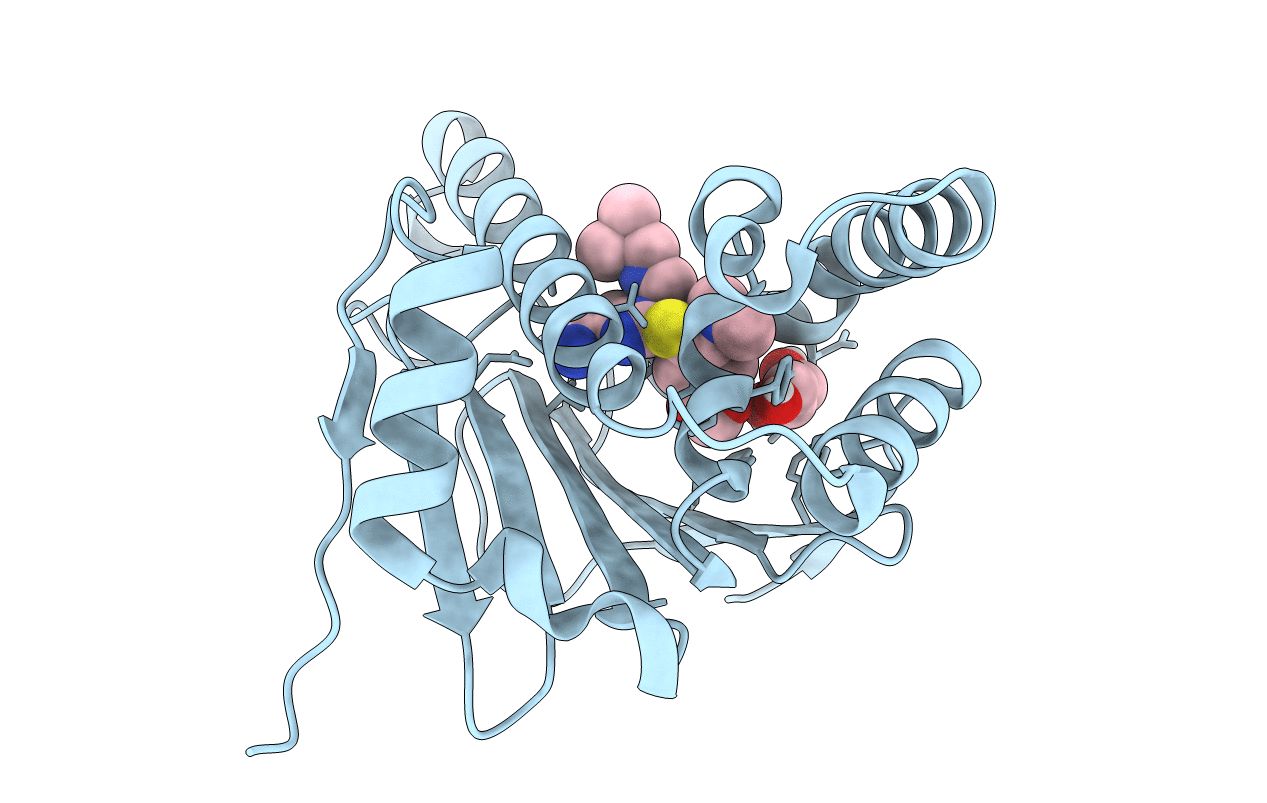
Deposition Date
2020-01-15
Release Date
2021-01-13
Last Version Date
2023-11-29
Method Details:
Experimental Method:
Resolution:
2.20 Å
R-Value Free:
0.20
R-Value Work:
0.16
R-Value Observed:
0.17
Space Group:
I 2 2 2


